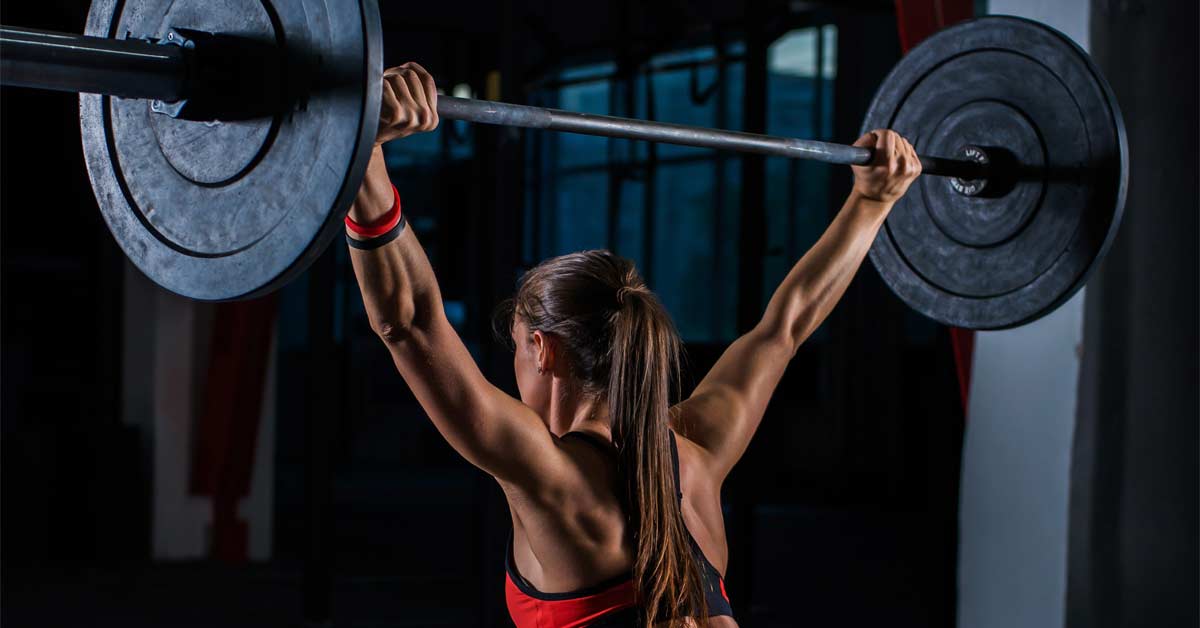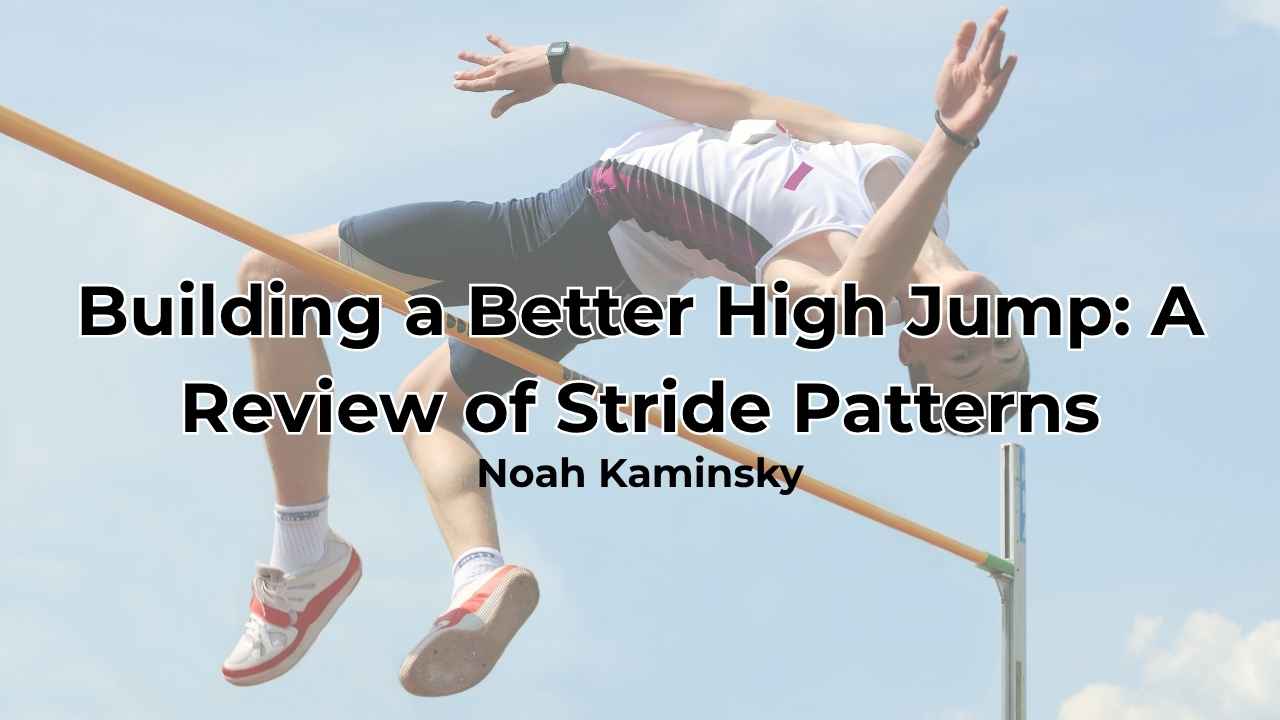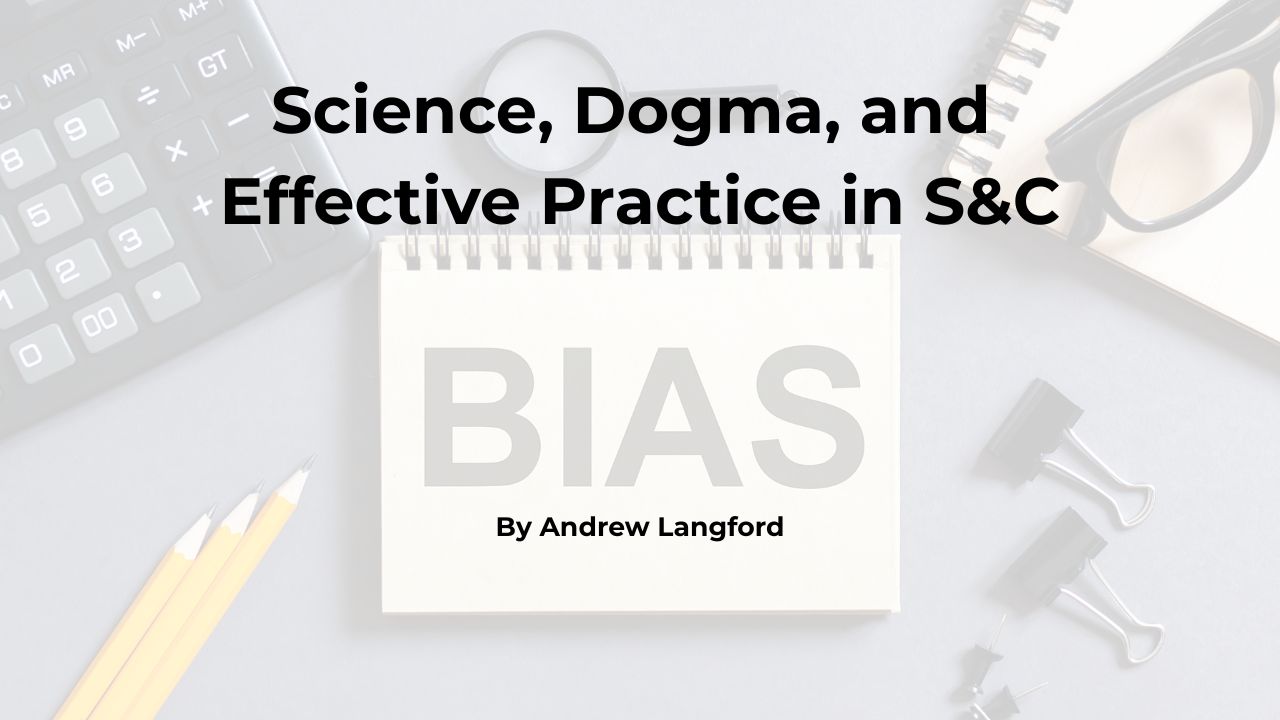Developing a particular aspect of your year-round programming is similar to developing a recipe for a dish. You have many different ingredients that you combine in different ratios and proportions. Many of the ingredients will be used year-round but in different amounts. The training periods of the year include the post-season, early off-season, late off-season, pre-season, and in-season portions.
The post-season is the time directly after the season has completed. I believe the post-season is an extremely important time to build the foundation for the rest of the off-season. This is a crucial step in the complete off-season program that may often get overlooked. I want to cover the goals of our post-season training in this article to give some insight into how our program is constructed.
I believe the post-season is an extremely important time to build the foundation for the rest of the off-season, says @bpatel515. Share on XWe typically give 1-2 weeks off from all sport-related activities and then will go through a week of testing before beginning training. Post-season training will typically last 3-6 weeks depending upon how long the season was, the training age of the group, and injuries that occurred during the season. The goals of the post-season are the following:
-
1. Restore range of motion that was lost during the season.
2. Build work capacity for the off-season so higher volumes of training can be handled.
3. Reinforce technique in the major primary lifts.
4. Rehab any injuries.
5. Build connective tissue strength through higher eccentrics, isometrics and longer duration movements.
6. Teach proper position of movement skills.
7. Establish mentality of the team for following season.
8. Establish individual goals for physical improvement.
9. Build a flexibility reserve.
10. Teach movements/exercises that will be performed during the off-season.
I want to make sure that these areas of training are covered first and foremost before we begin to work on developing max strength, speed, power, and specific conditioning. A good recipe must always start with laying the ingredients out first.
Goal #1: Restore range of motion that was lost during the season
Due to the nature of sports and the length of the season, many athletes can lose joint range of motion during the season. Very few sport movements are done through a full range of motion, especially in the lower body. When a large volume of these movements occurs during the season (repetitions) in a shortened range of motion, the body starts to adapt to these ranges and becomes less efficient in getting into the greater positions of extension.
Due to the nature of sports and the length of the season, many athletes can lose joint range of motion during the season, says @bpatel515. Share on XIt’s important that we as coaches address these issues and start teaching our athletes how to move their joints through a full range of motion to re-establish optimal mobility/stability relationships at each joint. This is done to minimize compensations and restore ideal movement patterns before engaging in a more intense off-season program.
Goal #2: Build work capacity for the off-season so higher volumes of training can be handled
Specific work capacity for physical development tends to decrease in-season because the majority of time is spent on developing specific work capacity for sport skills. It’s important that we re-establish a good fitness base in the post-season before engaging in longer training sessions during the off-season where multiple strength qualities are trained in the same session throughout a microcycle (speed, power, strength, etc.).
If an athlete cannot handle the stress of training, proper adaptations cannot be attained which may result in illness, injury, or over-training. Therefore, it is essential that work capacity and the ability to handle greater volume are addressed during the post-season before throwing a ton of volume at athletes.
Goal #3: Reinforce technique in the major primary lifts
During a late-season push towards the playoffs, strength training sometimes can be reduced in an effort to try and “peak” athletes for major competitions. This may mean that primary movements (squats, presses, deadlifts, etc.) may not be trained. Then add in the off weeks at the conclusion of the season and some athletes may not perform these movements for 3-4 weeks.
The power lifts and Olympic lifts that constitute many coaches exercise menus as “core,” “primary,” or “foundational” movements need to be re-taught, so that technique is reinforced prior to heavier loading. These are technical movements that require the coordination and synchronization of multiple joints and muscles simultaneously. They need to be rehearsed and performed on a continual basis so athletes understand the movements and feel confident with their technique with lower loads before loads are increased. Re-teaching also allows your older athletes to help coach the younger athletes which can be beneficial for team building purposes.
Goal #4: Rehab any injuries
This is an important step in the post-season prior to engaging in higher volumes of training. A long season can cause a number of little injuries that can be played through or managed while still trying to compete. But once the season is over, it is vital that these injuries are taken care of to ensure that another injury in the same area will not occur again. According to Gray Cook, previous injury is the number one predictor of another injury. It’s crucial that athletes take care of their injuries so the body won’t compensate and cause another injury.
It's crucial that athletes take care of their injuries so the body won't compensate and cause another injury, says @bpatel515. Share on XHaving a skilled athletic trainer or physical therapist who knows biomechanics and understands how the body can compensate will play a huge role in rehabbing these injuries. The strength and conditioning coach and trainer or therapist should be communicating about how best to handle the athlete so they can continue to train and work around their injury while rehab is occurring simultaneously.
Goal #5: Build connective tissue strength through higher eccentrics, isometrics, and longer duration movements
Muscles adapt faster than tendons and ligaments, and for proper long-term training to occur during the off-season the connective tissue needs to be prepared to handle sufficient stress prior to heavier loading. Jumping quickly into adding heavier loads or higher speed contractions in training is a sure-fire way to aggravate joints and slow training down.
Training is a progressive process and requires the connective tissue to be resilient enough before volume, load, and speed are introduced. The most effective way to prepare the connective tissue is through the use of slow eccentrics, isometrics, and movements with a longer time under tension. Slow eccentric tensions are very effective for strengthening tendons because in eccentric movements one can generate greater muscle tension than one’s max in concentric movements. In other words, one can lower greater weight than one can lift.
Training is a progressive process and requires the connective tissue to be resilient enough before volume, load, and speed are introduced, says @bpatel515. Share on XTension, if not excessive, stimulates tendons to grow stronger (lay more connective tissue fibers and line them up right). The cumulative muscle tension that can be generated in a given number of reps is greater in eccentric and isometric movements than in concentric or natural movements (combined concentric and eccentric, with the amount of resistance determined by the concentric movement). Once the connective tissue has been properly prepared, plyometrics, movement training (linear and lateral), and heavier loads can be introduced (higher speed eccentric contractions that take place in plyometrics, sprinting, and agility training place a high load upon the tendons).
Goal #6: Teach proper position of movement skills
Teaching proper movement skills of dynamic activities that will occur during the off-season training is necessary in the post-season. I’ve found that by teaching athletes where their weight should be distributed and how to push into the ground during certain exercises gets them to understand how to better use their bodies and also develops body awareness. I teach these movement skills through the use of isometric exercises.
Some of the benefits of isometric exercise are listed in goal #5, but they also allow the coach to teach the athletes and fix the athlete in the moment of the exercise, which can be difficult during a dynamic activity. Using exercises such as split squat holds or squat holds can teach the athlete how and where to distribute their weight on their feet, how to position their hips and torso, and which muscles are active during the movement. This can help when progressing to sprinting, changing direction, and jumping exercises
Goal #7: Establish mentality of the team for following season
The post-season is a time where the returnees (the previous year’s freshmen, sophomores, and juniors) have a unique opportunity to lay the foundation for what kind of team they will be the following season. The seniors are gone and new opportunities arise for leaders to emerge and for individuals to step up and accept larger roles.
Typically, there won’t be a large amount of time to practice so the strength and conditioning coach will play a large role in developing the work ethic and discipline, and will cultivate the message that the coaching staff wants to send as they prepare for the next season. The mentality that I look to establish in my teams is one that preaches togetherness, communication, a high degree of effort, consistency, attention to detail, a sense of urgency, and a positive attitude. These are the things that the team can hold onto during times of adversity and can help mold individuals to achieve more. Do not overlook the importance of this.
Goal #8: Establish individual goals for physical improvement
Setting goals in the post-season gives athletes a map of where they want to go. Goals are used to help plan, guide, and motivate athletes throughout the off-season. I have my athletes set goals for themselves and then we meet to determine how to achieve them, if they are realistic, and what it’s going to take to make the goals a reality. It allows me as a coach to understand where they want to go and what they want to achieve. It also helps me understand how to motivate each individual athlete and what works for them. Goals can be a powerful thing for motivation and are necessary to facilitate improved performance.
Goals can be a powerful thing for motivation and are necessary to facilitate improved performance, says @bpatel515. Share on XGoal #9: Build a flexibility reserve
A flexibility reserve is essentially possessing more flexibility than is needed to perform regular movements needed for the sport. This reserve comes into play when executing movements that require greater range of motion and allows athletes to perform these movements with greater speed while also giving the athlete more wiggle room when it comes to range of motion that is typically lost in-season. Most sport specific movements tend to occur in a shortened range of motion and rarely require the need to get to end ranges.
When you perform a high volume of movements (reps from practice, games) and don’t put your joints through their full available range of motion, the body starts to adapt and lose some of that end range of motion. My goal in the post-season is to start to develop a flexibility reserve which is essentially regaining any range of motion that was lost in-season. This allows us to increase the available range before increasing training volume in the off-season and before the upcoming season begins.
Goal #10: Teach movements/exercises that will be performed during the off-season
Not every athlete is fortunate enough to train at school year-round, and they most likely will be training on their own with the program that is given to them by their strength and conditioning coach. It is EXTREMELY IMPORTANT that you send your athletes home for the summer or off-season knowing how to perform the exercises you give them.
You can set-up an on-line database of exercises (YouTube) or write a description, but everybody knows that compliance will be higher if athletes know how to perform the movements that you ask them to perform. Use the post-season period to teach and reinforce proper technique in movements that you will ask them to perform.
Use the post-season period to teach and reinforce proper technique in movements that you will ask them to perform, says @bpatel515. Share on XThe off-season is the most opportune time period to increase general and specific qualities that are needed for sports. To make the most out of your off-season training, you must set your athletes up for success by strategically taking advantage of the post-season period.
Since you’re here…
…we have a small favor to ask. More people are reading SimpliFaster than ever, and each week we bring you compelling content from coaches, sport scientists, and physiotherapists who are devoted to building better athletes. Please take a moment to share the articles on social media, engage the authors with questions and comments below, and link to articles when appropriate if you have a blog or participate on forums of related topics. — SF




